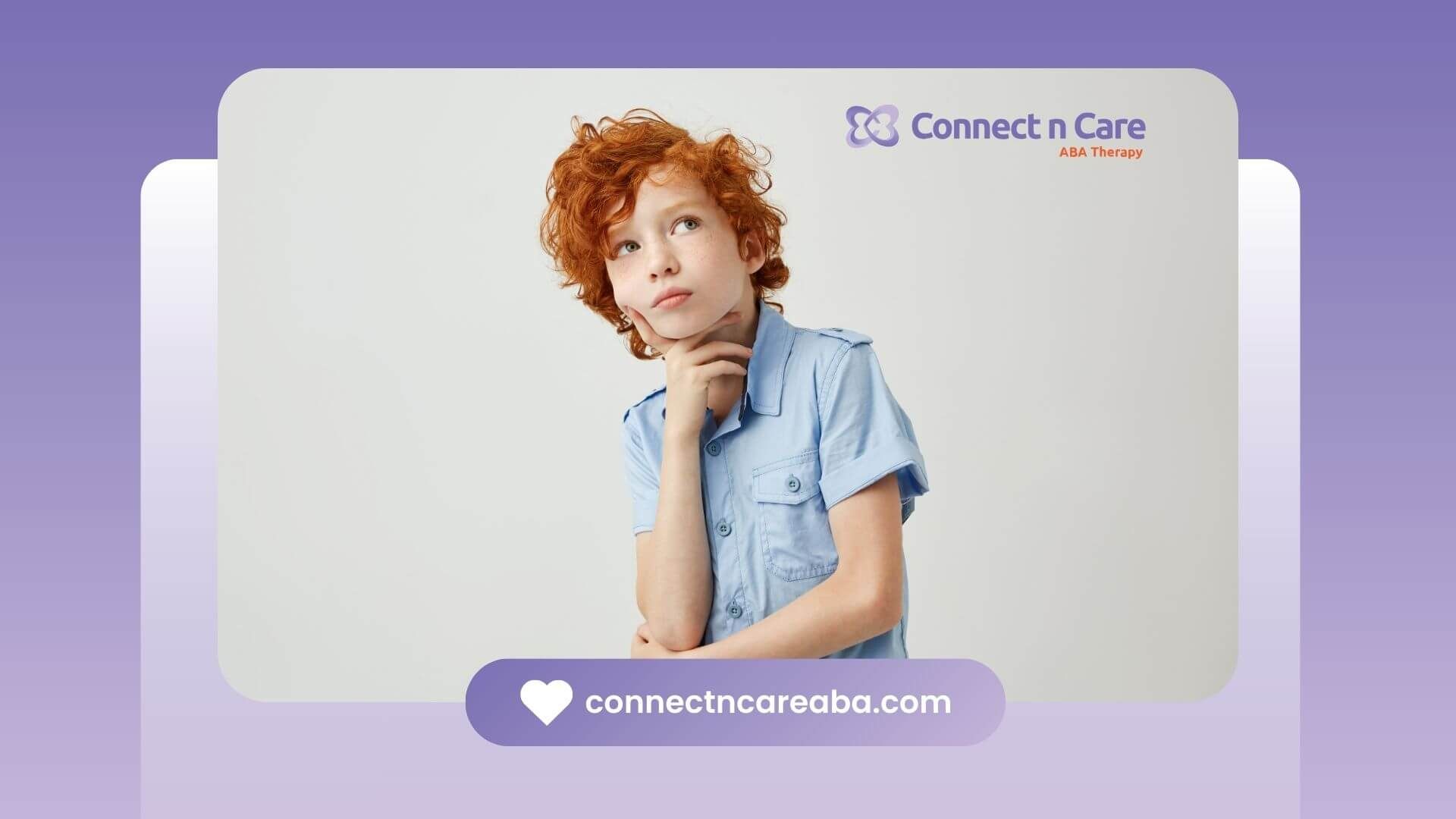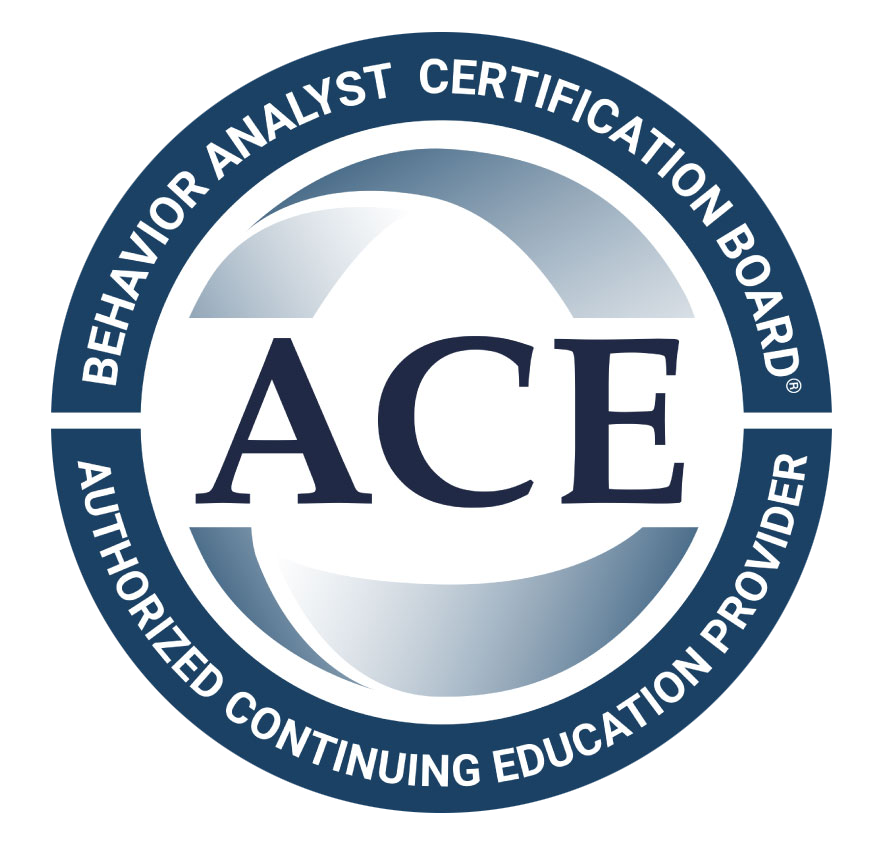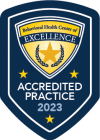Securing a position as a Registered Behavior Technician often depends on mastering the interview process. Many candidates feel uncertain about which RBT interview questions and answers will best demonstrate their skills and preparation. This guide surveys common questions, sample responses, and practical tips to help candidates approach their interviews with confidence.
Understand RBT Role
Definition And Scope
A Registered Behavior Technician, or RBT, is a paraprofessional in applied behavior analysis who implements behavior plans under the close supervision of a board-certified behavior analyst, or BCBA. The primary focus of an RBT is to work one-on-one with clients, often individuals with autism spectrum disorder, to support skill development and behavior reduction by following evidence-based strategies.
Key Responsibilities
-
Implement behavior intervention plans designed by the supervising BCBA
-
Collect and record data on targeted behaviors using various measurement methods
-
Apply positive reinforcement strategies and other ABA techniques to encourage skill acquisition
-
Assist with functional behavior assessments and modify interventions as directed
-
Collaborate with families, educators, and multidisciplinary teams to ensure consistency
-
Maintain client confidentiality and adhere to ethical guidelines at all times
Required Qualifications
-
High school diploma or equivalent
-
Completion of 40 hours of RBT training
-
Successful performance on the RBT competency assessment and criminal background check
-
Minimum age of 18 at the time of certification
-
Strong interpersonal, communication, and teamwork skills
Prepare For The Interview
Research The Organization
Candidates should investigate the mission, values, and culture of the hiring organization. Useful steps include:
- Reviewing the agency or clinic website for service models and population focus
- Examining recent news or published outcomes related to their programs
- Identifying key team members, such as supervising BCBAs, on professional networks
Review ABA Principles
Familiarity with foundational applied behavior analysis concepts demonstrates competence. Key topics to revisit include:
- Reinforcement, punishment, prompting, and generalization
- Antecedent interventions and crisis management procedures
- Ethical responsibilities, such as maintaining client dignity and confidentiality
Practice Interview Techniques
Role-playing answers to common RBT questions can build confidence. Candidates may:
- Use the STAR method (Situation, Task, Action, Result) to structure responses
- Record practice sessions to refine tone and clarity
- Seek feedback from mentors or peers familiar with ABA roles
Common Interview Questions
Experience With Special Needs
Interviewers often start with questions about prior work with individuals on the autism spectrum or with other developmental disabilities. They look for:
- Specific examples of one-on-one sessions or group activities
- Demonstrated understanding of client needs and adaptation strategies
- Evidence of progress monitoring and outcome tracking
Handling Challenging Behaviors
A question such as “How would you respond to aggressive behavior during a session?” evaluates an RBT’s proactive strategies. Effective responses reference:
- Positive reinforcement and clear behavior expectations
- Visual schedules, token economies, or social stories to guide actions
- De-escalation techniques that maintain safety and respect
Collaboration With Multidisciplinary Teams
When asked to describe teamwork experiences, strong answers highlight:
- Clear communication with teachers, speech therapists, and family members
- Coordination of goals and intervention strategies
- Flexibility in adjusting plans based on team feedback
Prioritizing Tasks And Time
To address questions about time management, candidates should mention:
- Using calendars or to-do lists to organize session goals
- Prioritizing urgent behavior intervention tasks
- Allocating dedicated time for data entry and preparation
Data Collection Strategies
Precise measurement underpins effective ABA. A common prompt is, “What methods do you use to record behavior data?” Strong answers cover:
- Event recording, interval recording, and task analysis
- Graphing trends to inform BCBA decisions
- Ensuring data accuracy and ethical compliance
Ethical Considerations
When prompted about confidentiality or ethical dilemmas, candidates should reference:
- Adherence to HIPAA and organizational privacy policies
- Seeking supervisor guidance when uncertain
- Respecting client dignity and cultural background
Sample Answers Using STAR
STAR Method Overview
The STAR method helps candidates deliver concise, structured answers:
Sample Behavior Intervention Answer
Situation
A child with autism displayed frequent noncompliance during daily living activities, impacting session progress.
Task
The RBT needed to reduce noncompliance and increase task engagement within two weeks.
Action
- Introduced a token economy system to reward successful task completion
- Incorporated a visual schedule to clarify expectations
- Collaborated with the BCBA to adjust reinforcement schedules based on ongoing data
Result
Task engagement improved by 40 percent over ten days, and noncompliance incidents dropped by half.
Sample Team Collaboration Answer
Situation
An elementary school deployed an ABA program for a student with escalating classroom behaviors.
Task
The RBT was asked to coordinate strategies with the classroom teacher and speech therapist.
Action
- Held weekly meetings to align goals and intervention techniques
- Shared data charts to illustrate behavior trends
- Adjusted prompts and reinforcement strategies based on team feedback
Result
Classroom disruptions decreased by 25 percent within one month, leading to smoother transitions across support services.
Dressing And Presentation Tips
Professional attire reinforces a candidate’s seriousness. Recommended steps include:
- Choosing clean, well-fitting clothes such as dress slacks and a collared shirt
- Opting for neutral colors and minimal accessories
- Presenting a neat hairstyle and light grooming
Candidates should arrive early, bring extra copies of their resume, and carry a pad and pen for note-taking.
Manage Interview Anxiety
Techniques For Calmness
- Deep breathing exercises to slow the heart rate
- Visualization of a successful interview scenario
- Positive self-talk, such as affirming personal strengths before entering
- Brief physical warmups or stretches to release tension
Avoid Common Pitfalls
During RBT interviews, candidates should steer clear of:
- Overusing ABA jargon without clear explanations
- Providing vague examples or failing to quantify results
- Speaking negatively about past employers or colleagues
- Arriving unprepared on organizational details
- Dressing too casually or arriving late
Next Steps After Interview
Follow Up Professionally
Candidates should send a concise thank-you email within 24 hours, reiterating interest in the role and highlighting a key discussion point.
Reflect And Improve
Review performance by noting strong responses and areas for growth. Practicing challenging questions prepares candidates for future opportunities.
Conclusion
Securing an RBT position requires thorough preparation, structured answers, and professional presentation. By reviewing common RBT interview questions and answers, practicing with the STAR method, and avoiding typical missteps, candidates can stand out during the interview process. They are encouraged to tailor these insights to their own experiences, seek feedback from mentors, and approach each interview with clear demonstrations of competence and care.
At Connect n Care ABA, we know that great therapy starts with great people. Serving hundreds of families, we provide compassionate, evidence-based ABA therapy across North Carolina that helps children with autism build confidence and independence. Our team supports not only the families we serve but also the professionals who join, offering guidance, supervision, and growth opportunities for aspiring RBTs and BCBAs.
Contact us today to learn more about our ABA therapy services or career opportunities and become part of a team making a real difference.
Frequently Asked Questions
What does an RBT do in ABA therapy?
A Registered Behavior Technician (RBT) works under the supervision of a BCBA to implement therapy plans, collect data, and support children in developing communication, social, and daily living skills.
How do I prepare for an RBT interview?
Preparation includes reviewing common RBT interview questions, practicing structured responses with the STAR method, and demonstrating both professionalism and compassion for working with children with autism.
Is there a demand for RBTs in North Carolina?
Yes. With the rising need for ABA services, North Carolina has a growing demand for RBTs. Families and providers are actively seeking skilled technicians to deliver high-quality therapy.
SOURCES:
https://www.indeed.com/career-advice/interviewing/rbt-interview-questions
https://www.reddit.com/r/ABA/comments/yl33oc/interview_questions_behaviour_technician/
https://www.reddit.com/r/ABA/comments/w33kgd/questions_for_rbt_interview/
https://www.hipeople.io/interview-questions/registered-behavior-technician-rbt-interview-questions
https://www.abatherapistjobs.com/blog/rbt-interview-questions-and-answers









